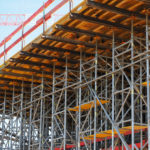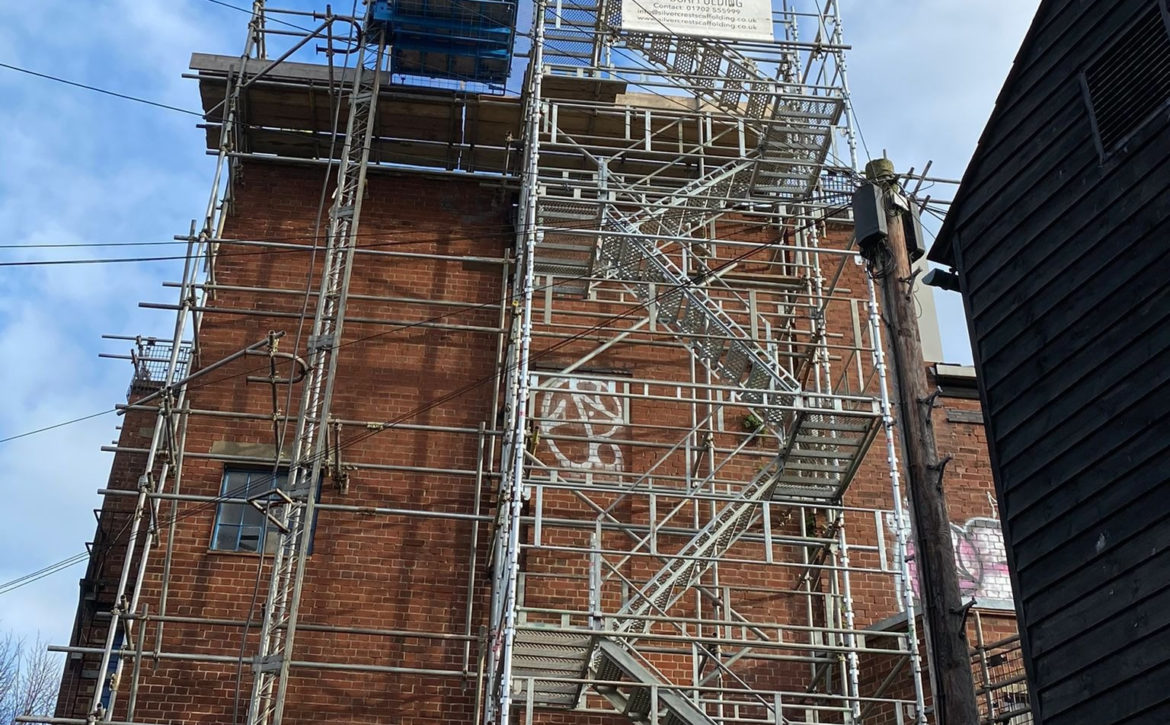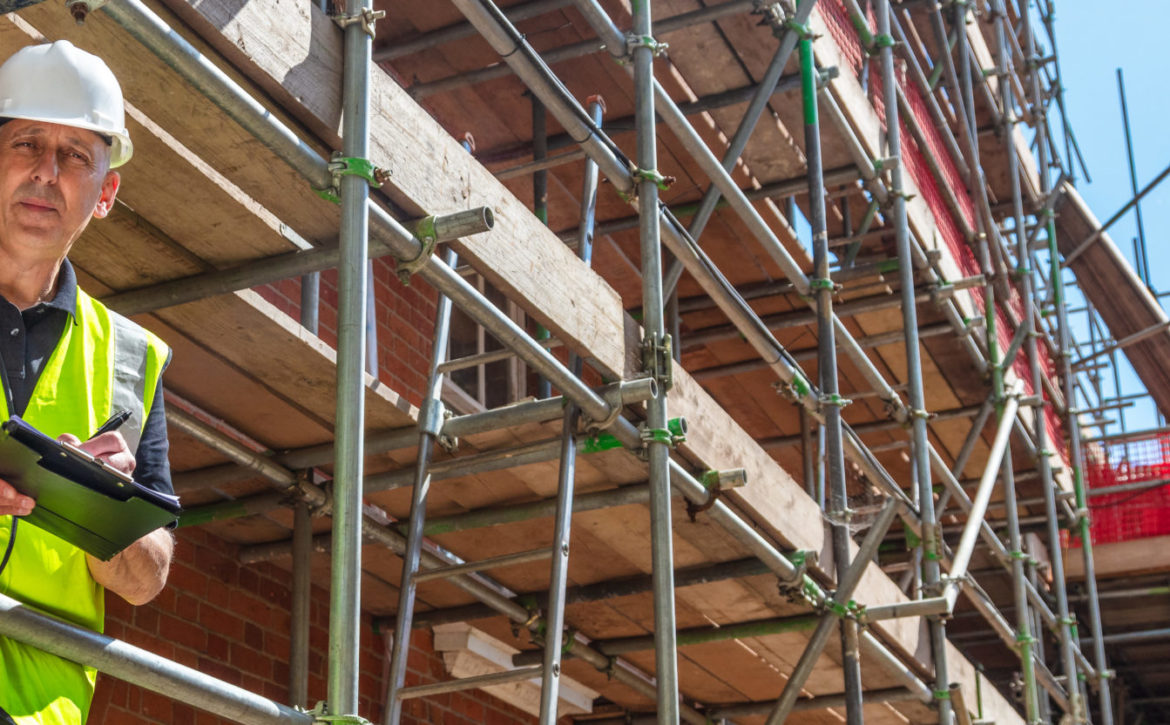- Silvercrest Yard, Wollaston Way, Basildon, Essex, SS13 1EL
- MONDAY – FRIDAY From 8:30 am – 5:15 pm
- [email protected]
Scaffolding
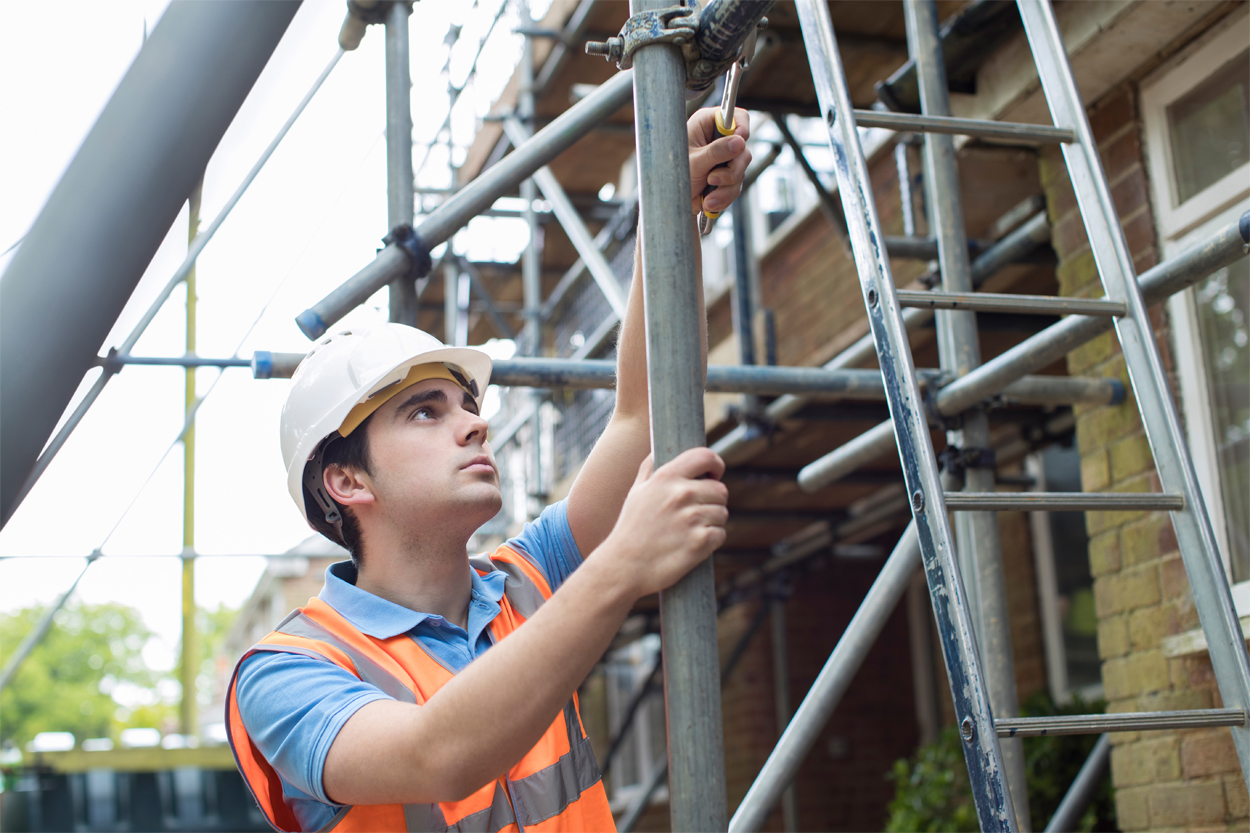
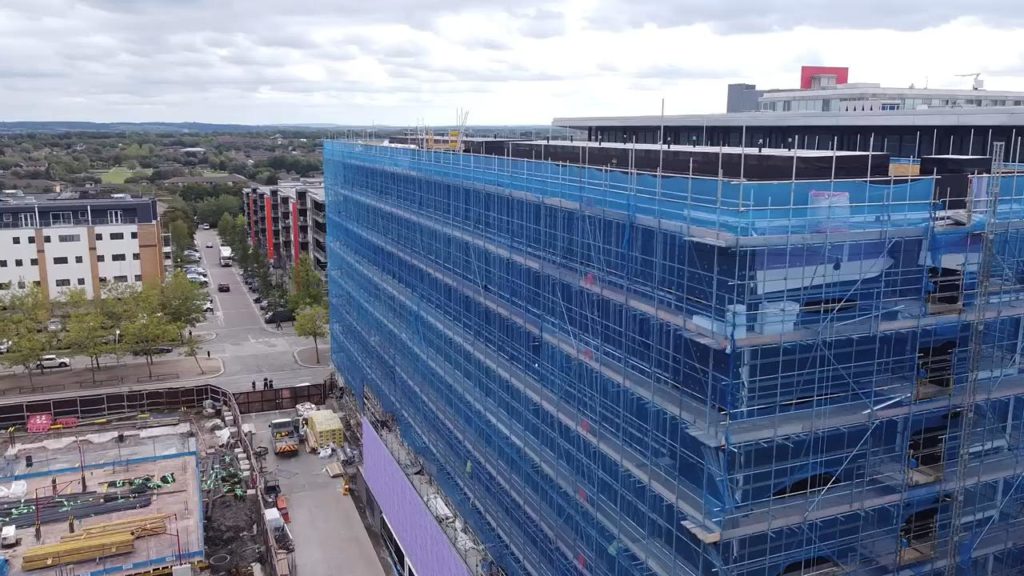
Scaffolding Safety Essentials 🪜
5 Fundamental Principles of Scaffolding Safety
Scaffolding plays a critical role in construction and maintenance activities by providing a secure platform for workers to access elevated areas safely. However, disregarding essential safety rules can result in serious accidents and injuries. To ensure the safety of workers, it is imperative to adhere to five fundamental principles when working on scaffolding.
The 5 basic rules of scaffolding encompass in-depth planning for the erection of scaffolding, consideration of the weight and height of the scaffolding, ensuring stability, the use of safety equipment, fall protection devices, and conducting daily inspections. Adhering to these guidelines is crucial to creating a secure working environment.
A safe and well-supported construction site enables work to be completed efficiently and productively. For an in-depth understanding of safety rules for planning and working on scaffolding, our experts at Hi-Point Access have compiled a concise guide for your perusal.
Read on to discover the 5 fundamental rules for working with scaffolding.

The 5 Rules of Scaffolding Safety
The importance of scaffolding safety cannot be overstated due to its significant impact on the well-being of workers and the successful completion of construction projects. The greater the height, the greater the risk. Neglecting safety protocols in any capacity can lead to severe consequences such as injuries, accidents, or even jeopardizing the entire construction. Therefore, it is essential to adhere to the 5 essential rules for scaffolding as outlined by the Health and Safety Executive (HSE).
1. Weight and Height Considerations
Understanding the weight and height limitations is fundamental to scaffolding safety. Scaffolds are designed to support specific weight loads, and exceeding these limits can compromise their stability. It is crucial to always adhere to the manufacturer’s guidelines and avoid overloading scaffolds with excessive materials or equipment. To ensure stability, utilize the appropriate scaffold size and configuration for the intended height, load, and number of workers.
2. Stability
The safety of workers is at risk if scaffolds are not anchored and secured properly, leading to instability. Prior to commencing any work, it is essential to ensure that the scaffold is set up on a stable, level surface. If necessary, use adjustable plates and screw jacks to level uneven ground. To prevent swaying, ensure that the scaffolds are anchored down and secure.
3. Safety Gear
Personal Protective Equipment (PPE) is a legal requirement in the UK when working on scaffolding. All workers must be equipped with the appropriate PPE to wear on-site, including hard hats, non-slip footwear, and high-visibility vests. For tasks at great heights, anti-fall equipment must be in place, as discussed in the next point. Enhancing the safety of your team can be further achieved by providing ongoing training on safety protocols and procedures as needed.
4. Fall Protection Devices
Given that scaffolding involves working at elevated heights, it is crucial to implement measures to ensure the safety of workers. Common tools to mitigate risks include harnesses, toe boards to prevent tools from slipping off, and guardrails along any open sides. Additionally, providing additional training to workers, if needed, further enhances safety.
5. Daily Scaffold Inspections
Numerous factors can impact safety on scaffolding, from a loose bolt in a critical location to changes in weather conditions leading to unsafe working conditions. Therefore, conducting daily inspections on your scaffolding is essential to determine its suitability for continued work. Daily inspections serve as an effective means of identifying any potential problems if maintenance on the scaffolding is required.

Rely on the Scaffolding Experts at Silvercrest Scaffolding
Silvercrest Scaffolding has been providing scaffolding since 2008 with a specialism in small and rapid works. As an experienced company we can support you with insurance works, we are licensed to undertake asbestos removal works and have extensive experience in obtaining permissions for scaffolding such as pavement license applications.
If you are seeking expertise in scaffolding, trust the professionals at Silvercrest Scaffolding for comprehensive support and guidance.


